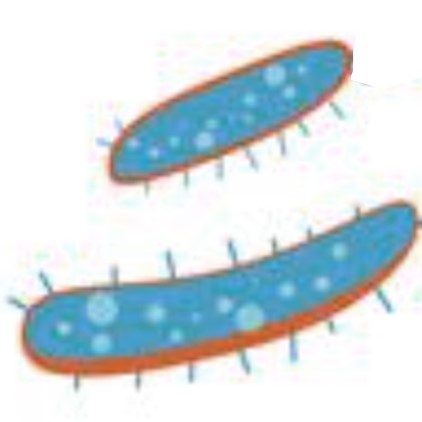Introduction
What is the NCBI?

We are a center within the NLM responsible for creation, curation and maintenance of medical and scientific databases and other things…
We receive, create, archive & make available biomedical information, as well as perform computational biology & IT systems research…..
but we really aspire to help make sense of the information!
NCBI’s Information Hubs & Key Databases
What is the overall goal today?
Today's workshop was designed as an introduction to the main NCBI resources for people interested in finding pathogen information on the NCBI website.
It does not go into complex specialty resources, scripting access mechanism or advanced analysis of pathgen data.
This workshop is one of a group of pathogen-data-related workshops and other outreach activities such as NCBI Minute Webinars and NCBI YouTube video tutorials.
Some resources for more advanced work in these areas are provided in relevant sections if you'd like to take the information presented in this workshop to the next step.
What are pathogens?
Word origin: from Greek pathos, suffering/emotion, and gene, to give birth to.
"An agent causing disease or illness to its host, such as an organism or infectious particle capable of producing a disease in another organism."
"Pathogens are mostly microscopic, such as bacteria, viruses, protozoa, and fungi...."
Examples of Pathogens
 Prokaryotic pathogenic bacteria contribute to globally important diseases, such as tuberculosis, bacterial pneumonia (Streptococcus and Pseudomonas), and foodborne illnesses, which can be caused by bacteria such as Shigella, Campylobacter, and Salmonella. Pathogenic bacteria also cause infections such as tetanus, typhoid fever, diphtheria, syphilis, and Hansen's disease.
Prokaryotic pathogenic bacteria contribute to globally important diseases, such as tuberculosis, bacterial pneumonia (Streptococcus and Pseudomonas), and foodborne illnesses, which can be caused by bacteria such as Shigella, Campylobacter, and Salmonella. Pathogenic bacteria also cause infections such as tetanus, typhoid fever, diphtheria, syphilis, and Hansen's disease. Virus - typically range between 20 and 300 nanometers in length
 Pathogenic viruses are mainly those of the families of Adenoviridae, Picornaviridae, Herpesviridae, Hepadnaviridae, Flaviviridae, Retroviridae, Orthomyxoviridae, Paramyxoviridae, Papovaviridae, Polyomavirus, Rhabdoviridae, and Togaviridae.
Pathogenic viruses are mainly those of the families of Adenoviridae, Picornaviridae, Herpesviridae, Hepadnaviridae, Flaviviridae, Retroviridae, Orthomyxoviridae, Paramyxoviridae, Papovaviridae, Polyomavirus, Rhabdoviridae, and Togaviridae. Protozoa - generally between 10 and 100 micrometers in length
 Eukaryotic and unicellular in organization. Examples include Entamoeba histolytica, Plasmodium falciparum (malaria), Toxoplasma gondii (toxoplasmosis), Leishmania species (leishmaniases), Trypanosoma brucei (African sleeping sickness), Trypanosoma cruzi (Chagas disease) and Giardia intestinalis (giardiasis).
Eukaryotic and unicellular in organization. Examples include Entamoeba histolytica, Plasmodium falciparum (malaria), Toxoplasma gondii (toxoplasmosis), Leishmania species (leishmaniases), Trypanosoma brucei (African sleeping sickness), Trypanosoma cruzi (Chagas disease) and Giardia intestinalis (giardiasis).Fungi - spores typically range between 1 and 10 micrometers in length, hyphae are 5 to 50 micrometers, fungal communities can grow much longer
 Eukaryotic and unicellular or clonal in organization. Life-threatening fungal infections in humans most often occur in immunocompromised patients or vulnerable people with a weakened immune system, although fungi are common problems in the immunocompetent population as the causative agents of skin, nail, or yeast infections. Most clinical fungicides belong to the azole group.
Eukaryotic and unicellular or clonal in organization. Life-threatening fungal infections in humans most often occur in immunocompromised patients or vulnerable people with a weakened immune system, although fungi are common problems in the immunocompetent population as the causative agents of skin, nail, or yeast infections. Most clinical fungicides belong to the azole group.Helminth - typically range between 3 and 200 micrometers in length.
In today's workshop...
- use a piece of DNA sequence to identify the pathogen using BLAST
- find a reference genome for the pathogen and learn how to download a reference genomic dataset
- identify other sources of data for the pathogen and learn how to find an interesting experimental dataset which can be used for further exploration
-
-
- NCBI Datasets
- Pathogen Detection Project and it's resources
- NCBI Virus
-
Last Reviewed: August 5, 2022

